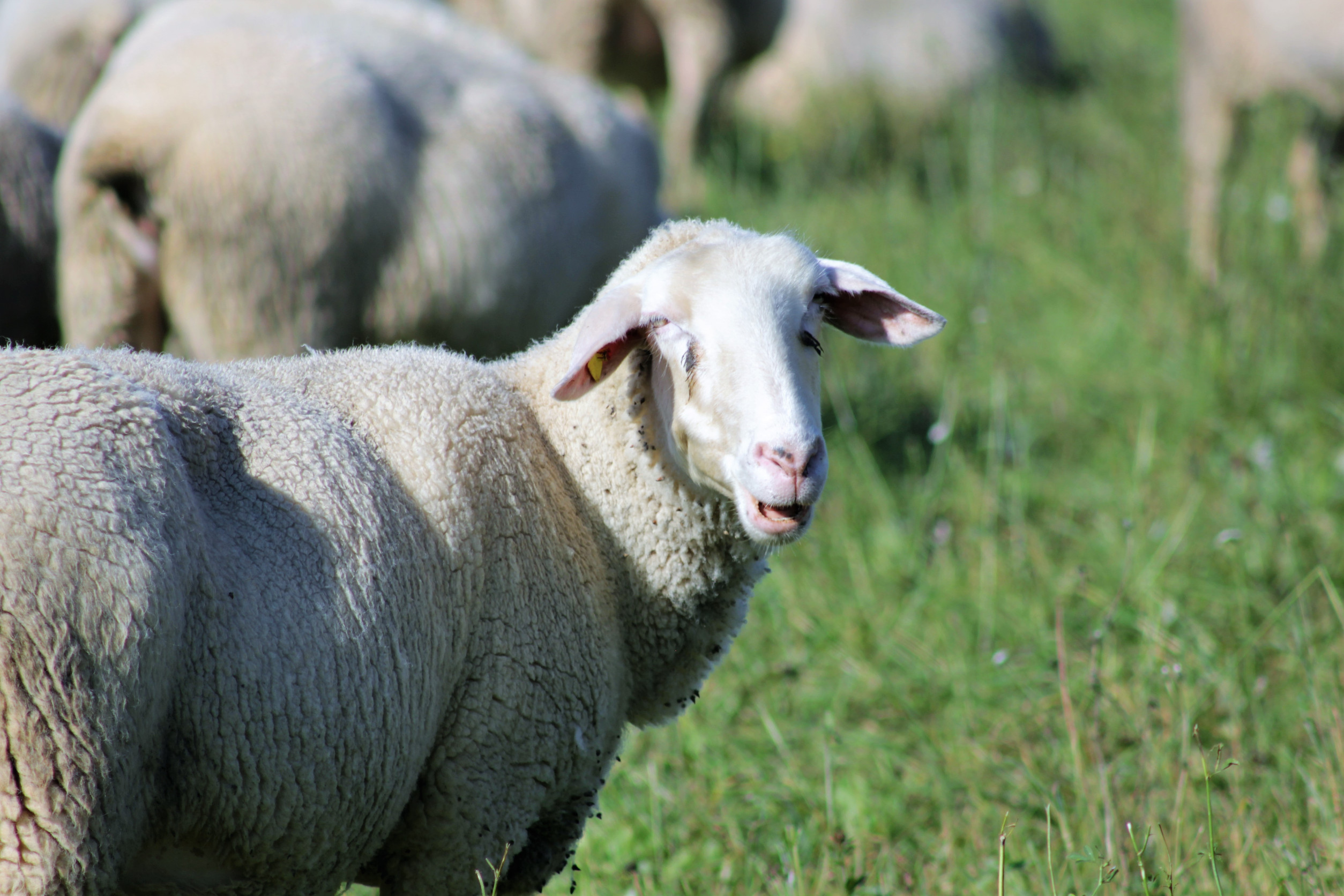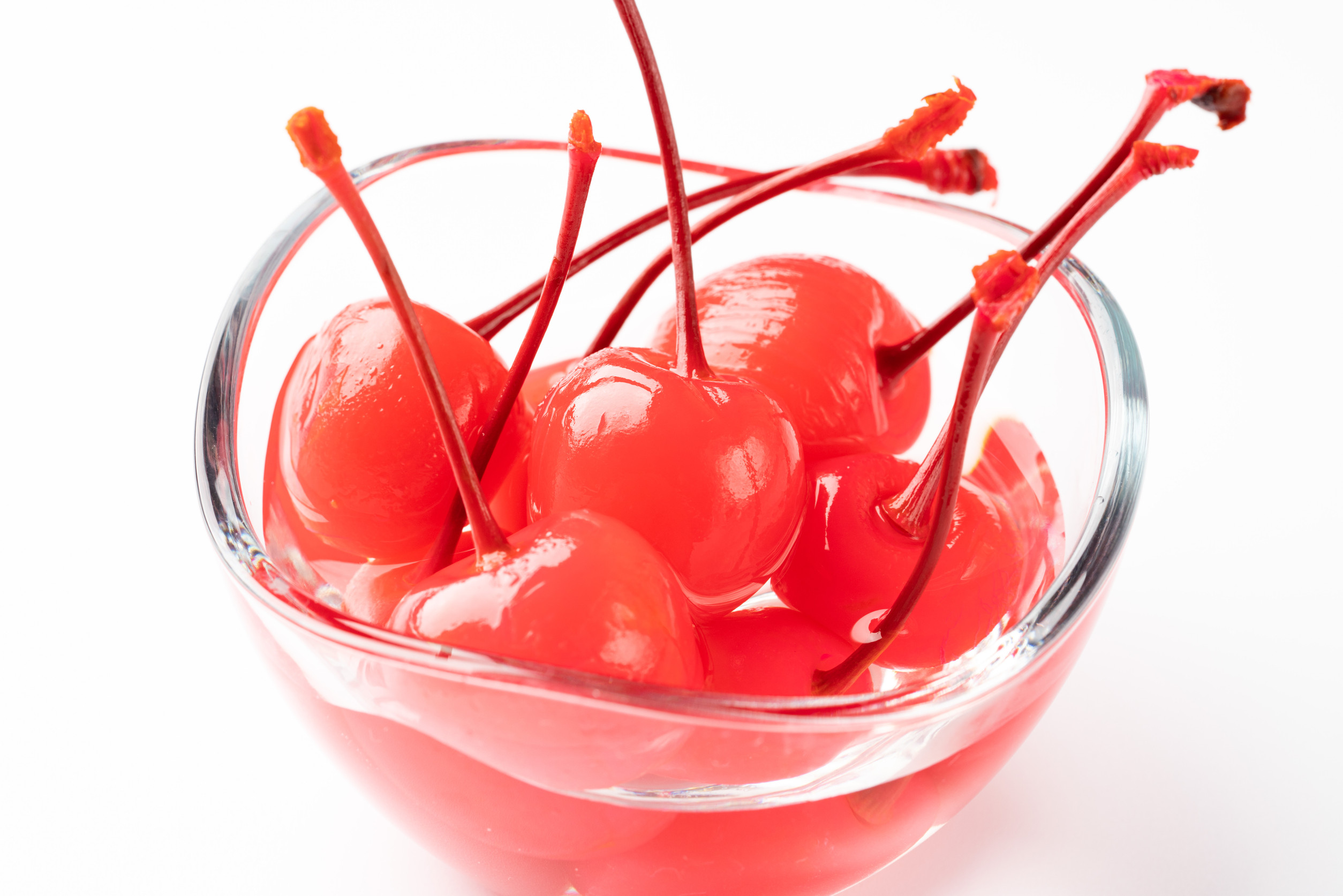Pinchy the lobster is an extraordinary creature that was saved from a very ordinary fate. Unlike other lobsters, Pinchy boasts a bright orange shell that contrasts starkly against its cool colored peers. It sat in the tank amongst other lobsters for two weeks at a grocery store in Ontario’s Durham region—luckily, Pinchy didn’t entice customers but caught the store manager’s eye due to its bright orange coloring.
Lobsters are generally blue or green in color so that they can easily camouflage within their natural environment which helps protect them from predators. However, due to genetic mutations, some crustaceans have brighter shells with yellow spots or calico patterns.
Other rare lobsters include the “Halloween” lobster, which is split evenly into half black and half orange, something that occurs in as few as one in every 100 million lobsters. Others, like “ghost” or “cotton candy” lobsters have white or translucent shells.
“Obviously it stood out. It’s not every day you see a lobster that looks like it’s pre-cooked walking around,” Niki Lundquist, whose husband manages the grocery store where Pinchy was found, told The Guardian.
Lundquist and her husband felt bad for the orange crustacean, who was apparently being mistreated by the other lobsters. “Being picked on and being stuck in a tank seemed like a terrible way to go, so we started thinking about what we could do for it,” she said.
The couple talked about driving Pinchy all the way back to the ocean, a journey of almost 1,000 km, but instead decided to buy the lobster at the price of C$16, and safely transport it to the Toronto aquarium.
This past Wednesday, the aquarium happily reported that the lobster was settled in its new home.
“We recently rescued Pinchy, a very rare orange lobster, from a grocery store where some awesome people reached out and let us know they had this one in 30 million creature,” the aquarium declared. “Pinchy is settling in very well to his new home and is doing brilliantly!”
Remarkably, another orange lobster was recently saved in Arizona. It was discovered in a restaurant but then was donated to a Scottsdale aquarium.












